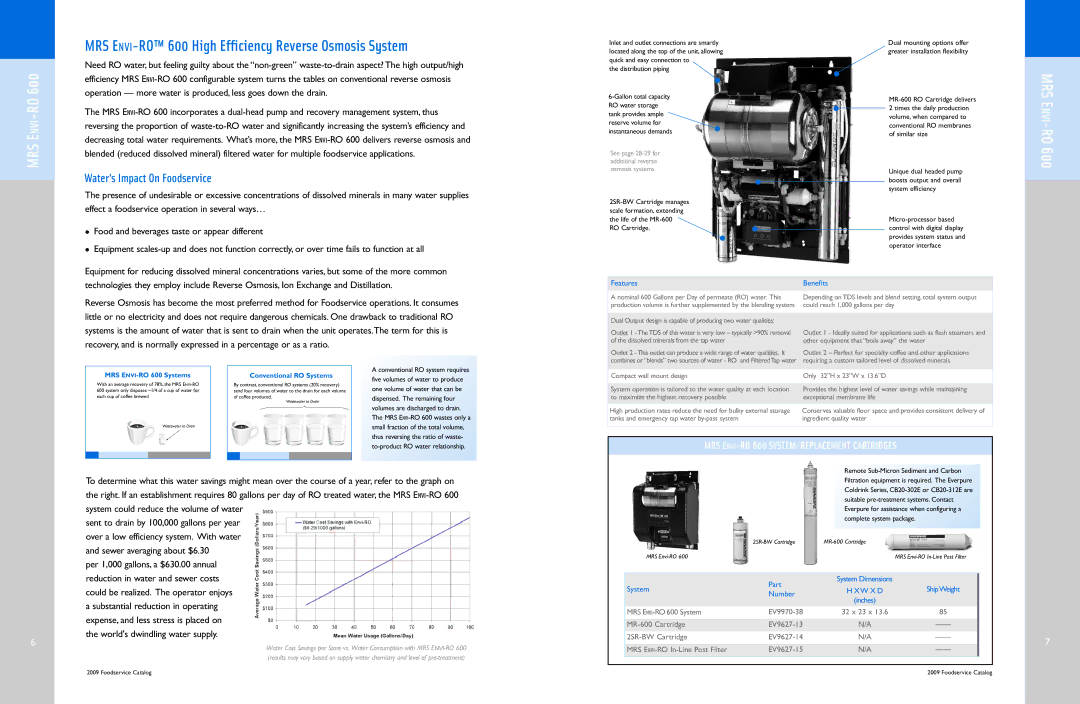QC7I Single-MH2, QL3-BH2 specifications
The Everpure QL3-BH2 and QC7I Single-MH2 filtration systems represent the pinnacle of water purification technology, meticulously engineered to provide superior water quality for various commercial applications. These systems are ideal for restaurants, coffee shops, and other foodservice operations where water quality directly impacts taste and customer satisfaction.One of the most prominent features of the QL3-BH2 and QC7I systems is their advanced multi-stage filtration process, which effectively removes contaminants such as chlorine, sediments, and scale. This filtration technology ensures that the water used in food preparation and beverage service is not only pure but also enhances the flavor profiles of coffee, tea, and other beverages. By reducing unwanted tastes and odors, these systems allow the natural flavors of beverages and food to shine through.
The QL3-BH2 is designed with a high flow rate capability, ensuring that it can handle the demands of busy commercial environments without compromising water quality. This model is equipped with a patented Micro-Pure Technology, which is effective at capturing a wide range of particulate matter. Additionally, the system helps in the prevention of scale buildup, prolonging the lifespan of equipment such as espresso machines and steamers, thereby reducing maintenance costs.
In contrast, the QC7I Single-MH2 filtration system focuses on delivering versatility and performance. Its innovative design features a compact size that facilitates easy installation in limited spaces. Featuring a pre-coat filtration system, it traps impurities effectively, providing pure and clean water that meets health standards. Furthermore, its replaceable cartridges offer an economical option for operators, allowing them to maintain high water quality while minimizing operational costs.
Both the QL3-BH2 and QC7I systems are equipped with a user-friendly indicator that signals when the filter needs replacement, ensuring optimal performance without constant monitoring. This proactive approach to filter maintenance ensures continuous high-quality water supply, minimizing downtime in high-demand environments.
In summary, the Everpure QL3-BH2 and QC7I Single-MH2 systems embody advanced filtration technology and practical design, catering specifically to the needs of foodservice operations. With their capacity to enhance water quality significantly, these systems are indispensable tools for any establishment that prioritizes taste and consistency.

